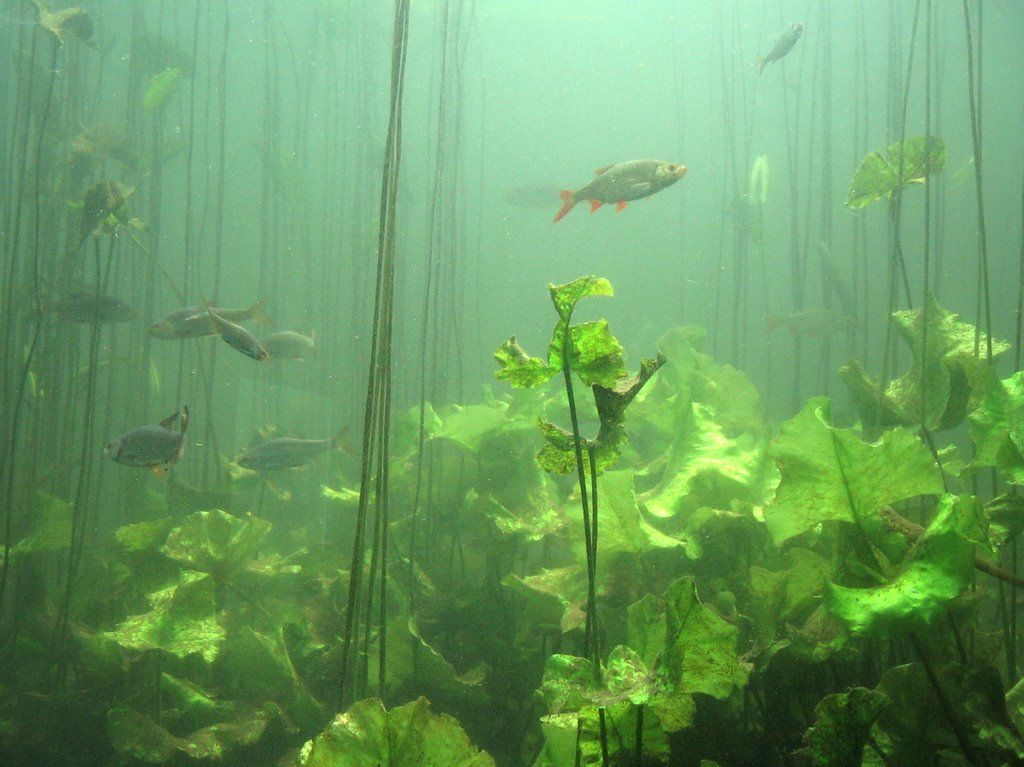
You’ve probably heard the term D.O. as it relates to water and water quality, but do you know why it matters and why you should care about it?
D.O. stands for Dissolved Oxygen and refers to the amount of oxygen in the water. Proper D.O. levels are critical for life in your pond from the smallest microbes to the largest fish. All aquatic animals need D.O. to breathe. It is often the single, most important key measurement to determine if a pond is healthy or not.
Life in (or out) of the water cannot exist without good oxygen levels. In your pond, D.O. levels can vary greatly based on input as well as demand. In an un-aerated pond, oxygen is introduced to the water mainly through the air-water interface (think wind creating waves and ripples) as well as photosynthetic activity from plants and algae. Sometimes, this natural oxygen transfer is sufficient for sustaining fish and a healthy habitat. Often times, especially in smaller ponds and lakes, it is not nearly enough to maintain a healthy ecosystem.

In smaller bodies of water, the natural oxygen transfer is often limited. Less surface area means less area available to catch wind and create ripples to exchange oxygen. These smaller ponds are often surrounded by trees or buildings that further block wind movement. These ponds and lakes are also often “sinks” for all kinds of organic nutrients like grass clippings, leaves, animal waste, etc. This overabundance of nutrients gives more than enough food to bacteria and microbes in the pond. The abundance of food and decomposition of organics by bacteria can consume large amounts of oxygen.
Finally, while plants and algae do produce oxygen during the daylight hours, they use up oxygen during the night creating wild swings in oxygen levels, especially when plant growth is excessive.
D.O. Let’s Life in your Pond Thrive
So, why should you care about D.O.? Well, if you want a truly “natural” pond, you probably don’t need to care. But you should be prepared to have nature take over your pond. This means fewer fish, more fish kill events, increasing organic material, excessive weed and algae growth, and foul pond odours.
If this doesn’t sound appealing, there is hope. Supplemental aeration can easily and effectively be added to virtually any pond or lake and bring it back in balance, allowing fish, bacteria, and your overall pond health to thrive.
Depending on the size and depth, surface or subsurface aeration options may be warranted, but any body of water can be improved with supplemental aeration. Parklink has been providing industry leading, quality aeration products for many years with experience in countless applications.
Contact us today and let us recommend an aeration system to fit your pond or lake needs and the goals you have in mind for a healthy, vibrant aquatic environment. Also check out our aeration products and advice here.
